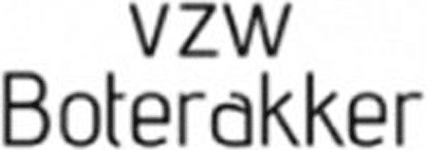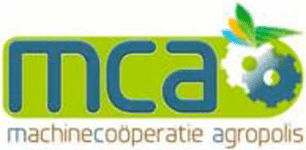At a time when the agricultural sector is faced with increasingly complex challenges and the urgent need for sustainability and efficiency, our agricultural cooperative with some 75 dedicated farmers faces a crucial choice: do we stick to traditional farming methods or embrace the potential of precision agriculture? Moreover, linked to this is the question, how can the machinery cooperative position itself in the future as a form of cooperation that adds value to member farmers? The answer to these questions will determine the future functioning and competitiveness of both the cooperative and the farmers themselves.
Traditional farming methods, though long-standing and trusted, are becoming increasingly inadequate to meet the growing demand for food and the pressure to conserve natural resources. This is where precision agriculture comes in as an innovative and forward-looking approach. This approach uses advanced technologies such as GPS, drones and sensors to enable tailored and data-driven decisions in every aspect of farming, from sowing and fertilising to irrigation and harvesting.
The cooperative structure, managed by and for farmers, offers some crucial advantages that can accelerate and optimise the adoption and implementation of precision agriculture, compared to introduction via individual farmers:
- Joint investments: By joining forces in a cooperative, farmers can jointly invest in costly precision agriculture technologies. This reduces the financial burden on individual farmers, giving them access to advanced equipment and technologies that might otherwise be out of their reach.
- Knowledge sharing and expertise: By using the cooperative structure, exchange of knowledge and expertise between farmers is promoted. Cooperation enables farmers to share best practices, experiences and insights on precision agriculture techniques. This accelerates the learning process and ensures that newly acquired knowledge is widely applied.
- Shared data and analytics: Precision agriculture is all about collecting and analysing large amounts of data. In a cooperative, farmers can collect and share data together, leading to a broader and more representative dataset. This increases the accuracy of predictive models and improves decision-making at the cooperative level.
In turn, a disadvantage of machination is that the grouping can only take steps collectively. This also causes a certain delay, especially when it comes to innovative investments that do involve a serious cost but may only be demanded by a few pioneers in the short term.
Currently, the board of the machinery cooperative does not have a clear strategy for the future when it comes to precision agriculture. People see the benefits of it for the individual farmer, but the concrete organisation and focus on this within the cooperative are lacking. The purpose of this preparation process is to map out this vision of the future and create clarity about the path that will be followed, both substantively (cf. choice of precision techniques) and organisationally (cf. role of the cooperative and service to members).
Hence the following concrete project objective can be described:
"Mapping out the needs and possibilities of precision agriculture for application in arable farming among the member farmers of Machine Coöperatie Agropolis Kinrooi and then working out how the cooperative can position and organise itself in this respect. In this way, the cooperative can continue to add value as a form of cooperation at LT. "
After the completion of this preparation process, the cooperative can then set to work to concretely implement this vision of the future. Here, we see concretely the transition from mere rental of current, traditional, agricultural machinery, to a value-added organisation offering (bottom-up) a service to its member farmers in terms of innovation and new technologies.










